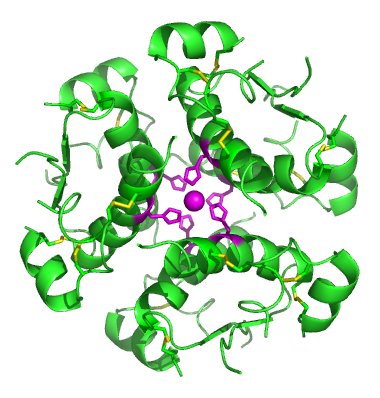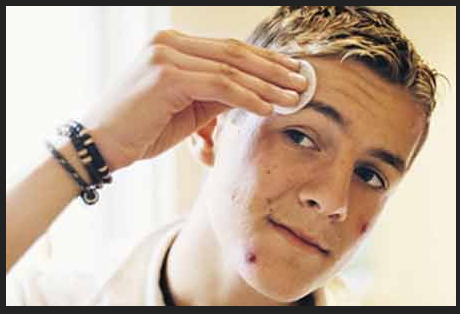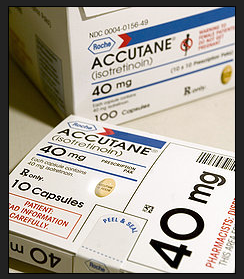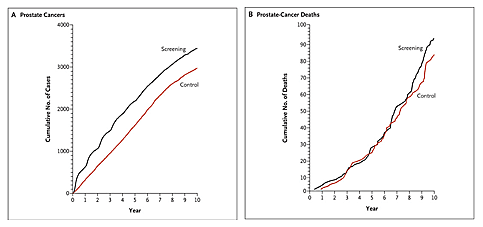Being diagnosed with human immunodeficiency virus (HIV) is one of the most devastating things a person can hear. This virus which breaks down a person’s immune system and eventually leads to acquired immune deficiency (AIDS) is still one of Earth’s incurable tragedies. However, new research has come to light where gene therapy may be used as an alternative to medications for patients with HIV.
HIV gains entry into the body by attaching to the surface proteins CCR5 and CXCR4 of a person’s immune cells, also known as T-cells. The current medication treatment of HIV is called highly active antiretroviral therapy (HAART) which is a mixture of pharmaceutical drugs. HAART acts to prevent the spread of HIV in the body. However, researchers at the Stanford University of Medicine have found a way to halt further HIV infection in the body without requiring patients to take medications.

A model of HIV that was on display at the Smithsonian Museum of Natural History in July of 2012. Image from Fickr user dctim1.
Many different gene therapy research approaches are being investigated, but Dr. Matthew Porteus and his team at Stanford made a unique adjustment to the other research. The Stanford scientists utilized zinc finger nucleases in order to break open the CCR5 receptor protein’s DNA found on T-cells. From there, they added three genes that are resistant to HIV in a process known as stacking. Stacking the genes is what differs between the various teams of gene therapy research. Faced with the resistant genes, HIV has less of a chance of entering the cell. In order to test this, the scientists inserted either one, two or the three genes and then exposed the T-cells to HIV. They found that the cells with the combination of the three genes were the most resistant.
Some people in the world actually have a resistance to HIV because of a mutation in their CCR5 receptors. Thus, if this new gene therapy can mimic this resistance hopefully HIV will not be as daunting. Below is a video displaying the research done at the University of Pennsylvania , which is similar to what is being done at the Stanford School of Medicine. The video is from February of 2011.

Although this research appears very promising, it is by no means perfect yet. There are certain problems that could arise including the cells not responding to the genes and breakages in the other areas possibly causing cancer or other problems. This research is extremely new and still has a lot of work to be done before it is ready to be tested on the general public.
Brittany Maxwell























